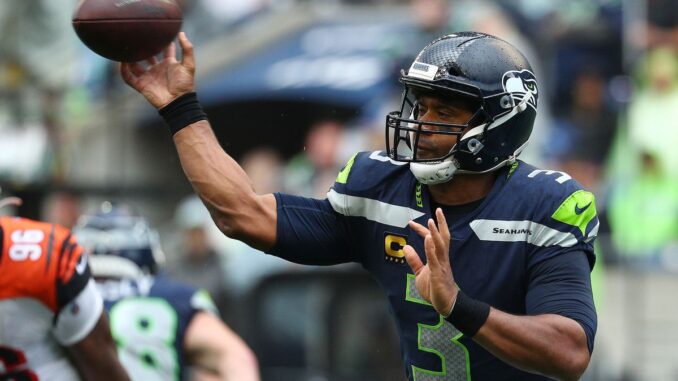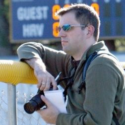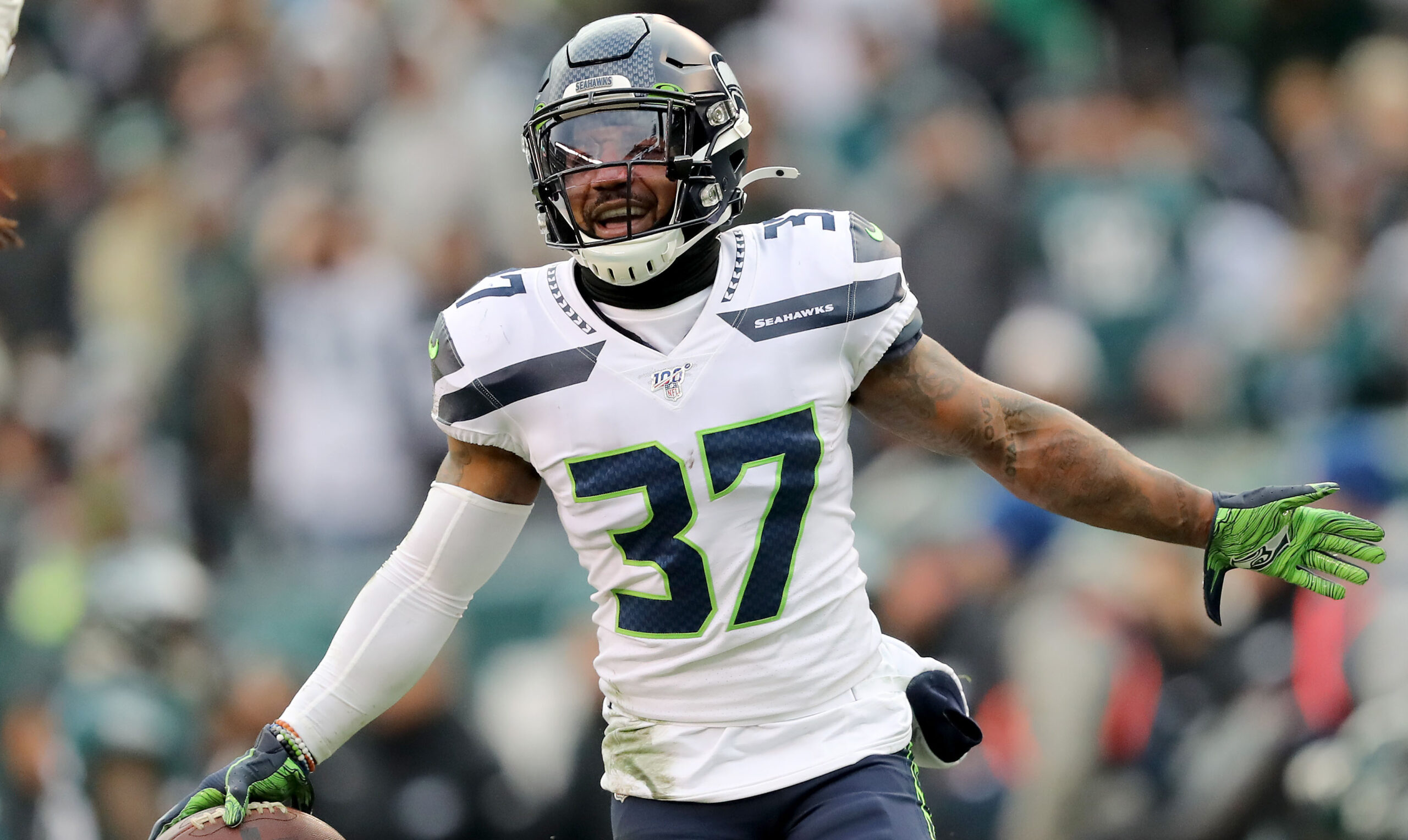
When it was announced Tuesday morning that the Seattle Seahawks were trading Russel Wilson – the best quarterback the franchise has ever had – to the Denver Broncos, it signaled the end of an in Seahawks football.
For a decade, Wilson provided stability, talent and leadership the Seahawks had never seen before and won the team its first (and so far only) Super Bowl title.
Now he’s gone.
The Seahawks are reportedly getting a package back of multiple players, including quarterback Drew Lock and numerous draft picks. Their next task will be finding their quarterback of the future (spoiler alert, It’s not Drew Lock) as they try to build a contending roster without having to worry about paying Wilson superstar money over the final two years of his contract.
Oddly enough, three hours to the south, another team owned by Jody Allen is facing a similar conundrum, also with a superstar with two years left on his contract. Trail Blazers’ franchise icon Damian Lillard is in a similar situation Wilson is- getting older, injuries starting to pop up, and no longer on a cheap contract on a team trying to build around him. The Blazers have already made part of their intentions clear by turning into the tankiest team that ever tanked after the trade deadline, but the question remains will they tank this season to do a quick rebuild around Lillard, or like the Seahawks, decide trading their star to complete the rebuild is the best answer.
The Blazers will be very, very bad the rest of the season. In all likelihood, the Seahawks will be very, very bad next season. That’s not the end of the parallels between the Allen-owned franchises.
Both are coming off experiences where the front office overpaid for short-term solutions, leaving the cupboard bare to build for the future. In the case of the Blazers, those deals were made by the fired Neil Olshey, leaving interim GM Joe Cronin to try and clean up the mess. For the Seahawks, they appear to be trusting the duo of Pete Carroll and John Schneider to clean up their disasters. The Seahawks traded a pair of first round draft picks for safety Jamal Adams in a deal that has not borne the expected fruit for either side. The Seahawks now essentially recoup what they traded for an overpriced safety by trading their franchise quarterback.
Many fans are arguing the Seahawks should have received more in return for Wilson. However, yet another thing the Seahawks and Blazers have in common is that both franchises have recently traded a superstar to another franchise that may soon have regrets.
Shortly before the NBA trade deadline, the Blazer shipped guard CJ McCollum to the New Orleans Pelicans for Josh Hart and a first round pick. The Pelicans were betting McCollum could help them climb out of the play-in standings into more firm contention. Instead, they are stuck just two games ahead of the tanking Blazers and unable to get above the 10th spot in the standings. In all likelihood, they will owe the Blazers a pick near the top ten in the draft this summer.
Meanwhile, the Seahawks traded Wilson to a Broncos team that has been looking for a long-term solution at quarterback since the days of John Elway. Wilson defeated their last decent quarterback, an aging Peyton Manning, in the Seahawks’ 2013 Super Bowl victory. Since then, they have cycled through option after option. Now they are hoping Wilson is a long-term answer. A few problems with that: Wilson is 32, and while he is still very good, he is not quite the wizardly playmaker he was in his younger days.
He also comes with a massive salary cap hit and has two years remaining on his contract. Does adding Wilson make the Broncos good enough to compete in a tough AFC West, much less in an AFC loaded with quarterback talent? Last year the Broncos were 4th in the AFC West. This trade possibly makes them the third-best team in the division. Does it make them significantly better in the long term? Or will Wilson be yet another talented stopgap, just like Manning was before him? The Broncos could very well find themselves repeating this whole process in two years.
Both the Blazers and Seahawks now find themselves facing an unsettled future, not just in competition but at the front office and ownership level. No one knows if Jody Allen plans to keep the teams or sell them, if these moves are the start of getting both teams back to the top instead of being stuck in the middle, or are simply the first step in a massive firesale. What I can say is that these decisions were sensible on the part of both franchises. Both have been caught and passed by teams in their own conference or division, and they both took a look at their roster and realized they could not hope to catch those teams with the assets they had. So they are tearing it down.
It may be ugly for now, but come back in a few years when the windows have closed for the Denver Nuggets, Utah Jazz, and Los Angeles Lakers in the NBA Western Conference or the Los Angeles Rams, San Francisco 49ers, and Arizona Cardinals in the NFL’s NFC west and maybe we’ll all be singing a different tune.
Like an overcast Northwest day, the futures of both the Seahawks and Blazers, But just as the sun inevitably comes out eventually, both teams can see brighter days ahead.




